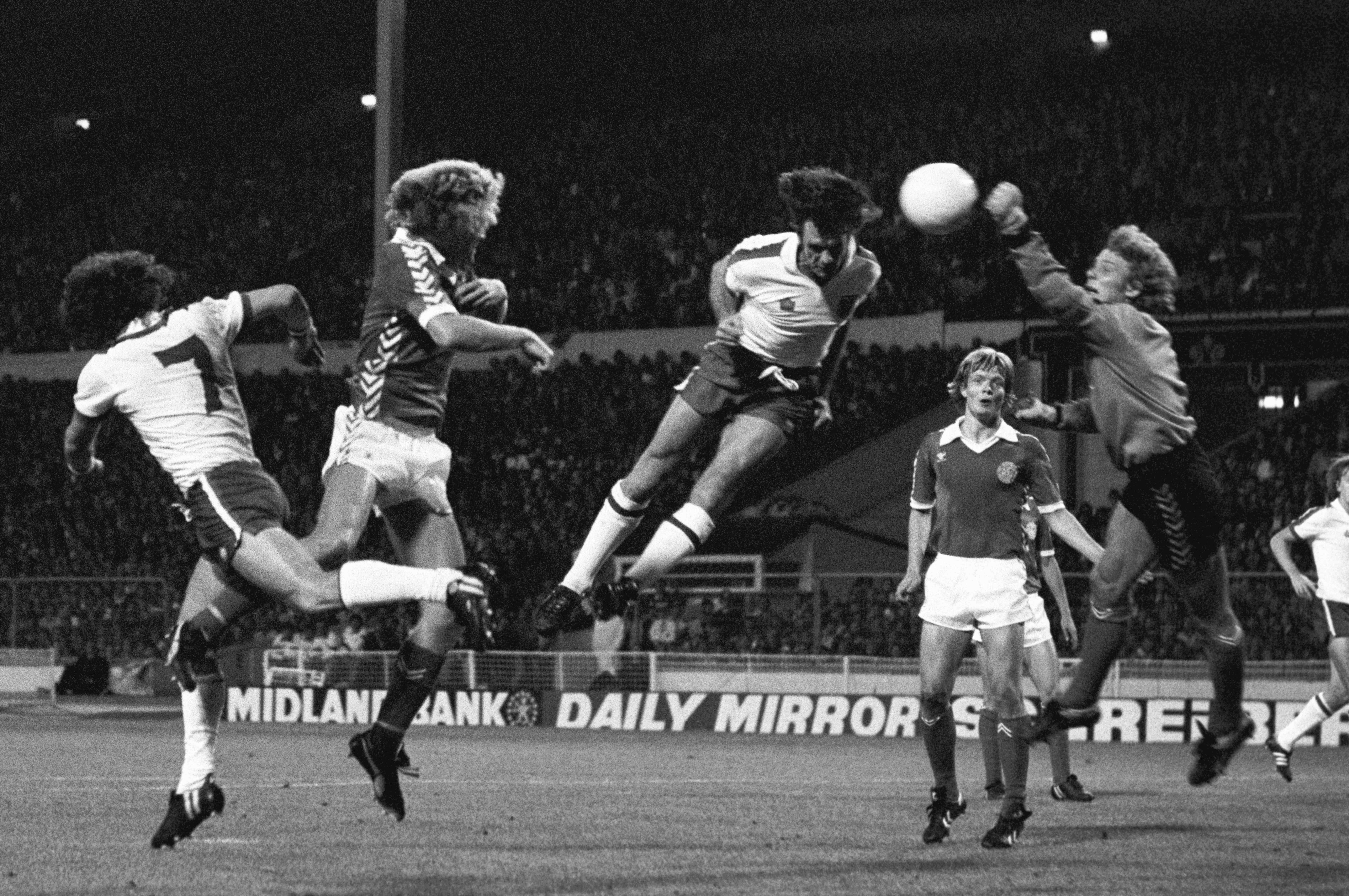New research provides further evidence Dave Watson has CTE, say family
Watson’s family revealed he was suffering from neurodegenerative disease in February 2020.

The family of former England captain Dave Watson are more convinced than ever he is suffering from the progressive brain disease CTE following new research in the United States.
Watson’s wife Penny revealed in February last year that the 75-year-old was suffering from dementia and said at the time his consultant thought it was “in all probability” CTE – the disease determined as the cause of death of another England player, Jeff Astle in 2002.
CTE is associated with repeated head impacts, but currently it can only be accurately diagnosed post-mortem. Penny Watson is convinced her husband’s condition has been caused by repeated heading of a football during his playing career.
Scientists at Boston University say scanning can identify abnormalities in the brains of the living which are commonly seen in those diagnosed with CTE post-mortem.
They say those with CTE were seven times more likely to have an abnormality called cavum septum pellucidum (CSP) than those in the healthy control group. Penny Watson said the family had been told by more than one specialist that the tear in Dave Watson’s septum pellucidum was one of the largest they had ever seen.
Scientists note that CSP alone is insufficient for diagnosis of CTE and should be considered one of many supporting data points, along with shrinkage in the frontal and temporal lobes of the brain.
Penny Watson said: “We believe this latest study reinforces the strong suspicion of the connection between CSP and CTE as Dave never suffered any other brain injury during his life – for instance, he was never in a car accident and never played other sports where he might have been exposed to head impacts.
“Furthermore, we have also been told that CSP is seen commonly in people with CTE, and seeing it in Dave’s brain raises the likelihood that he has CTE. My family and I strongly believe this is evidence that the trauma to his brain that Dave sustained throughout his professional footballing life was significant enough to cause neurodegenerative disease.
“This new information is significant because it’s just more evidence that neurodegenerative diseases like CTE should be considered an industrial disease for professional footballers. No longer should those in authority continue to prevaricate – at the very least they should expedite their investigations on this issue.
“Importantly, we also hope that players will soon have access to regular brain scans during their playing years, so that if abnormal findings are revealed that have been associated with brain injury or CTE, they, along with their families, can make an informed decision about whether to continue playing.”
The Football Association, EFL and the Professional Footballers’ Association published a joint action plan earlier this week which set out the work they are doing to better understand how to prevent and treat brain injury.
The Government said on Friday it was working to produce a single set of concussion protocols to be used across grassroots and elite sport in the UK.
The protocols will seek to include UK-wide agreement on how to recognise signs of head injury on and off the field, rules around removal from play and immediate actions to be taken in the event of head injuries.
The protocols are part of a wider action plan, which also includes convening a sports concussion research forum in partnership with the Medical Research Council to identify any research gaps.
Sports Minister Nigel Huddleston said: “Sport brings so many physical and mental health benefits to our lives. However, player safety must be absolutely paramount.
“Working with the sports industry, it is right that we do all we can to ensure that people are as protected as possible and the risk of head injuries are minimised.
“That’s why we’re taking steps to reduce this risk and developing new, gold-standard industry protocols and focusing on emerging tech that can help build a fuller picture of the risks involved.”
The Government action plan follows the publication of recommendations from the Digital, Culture, Media and Sport Committee earlier this year.
Committee chair Julian Knight welcomed the Government plan and said: “Whether an elite athlete or a Saturday footballer, too much has been left to chance with the results of serious brain injury for those involved.
“It is right that publicly-funded sports accept responsibility for the real risks that players are exposed to, that the right protocols are in place, and that they make people aware of the dangers involved.
“The Government has responded to our call for urgent steps to be taken to make sport safer for everyone.”
Bookmark popover
Removed from bookmarks